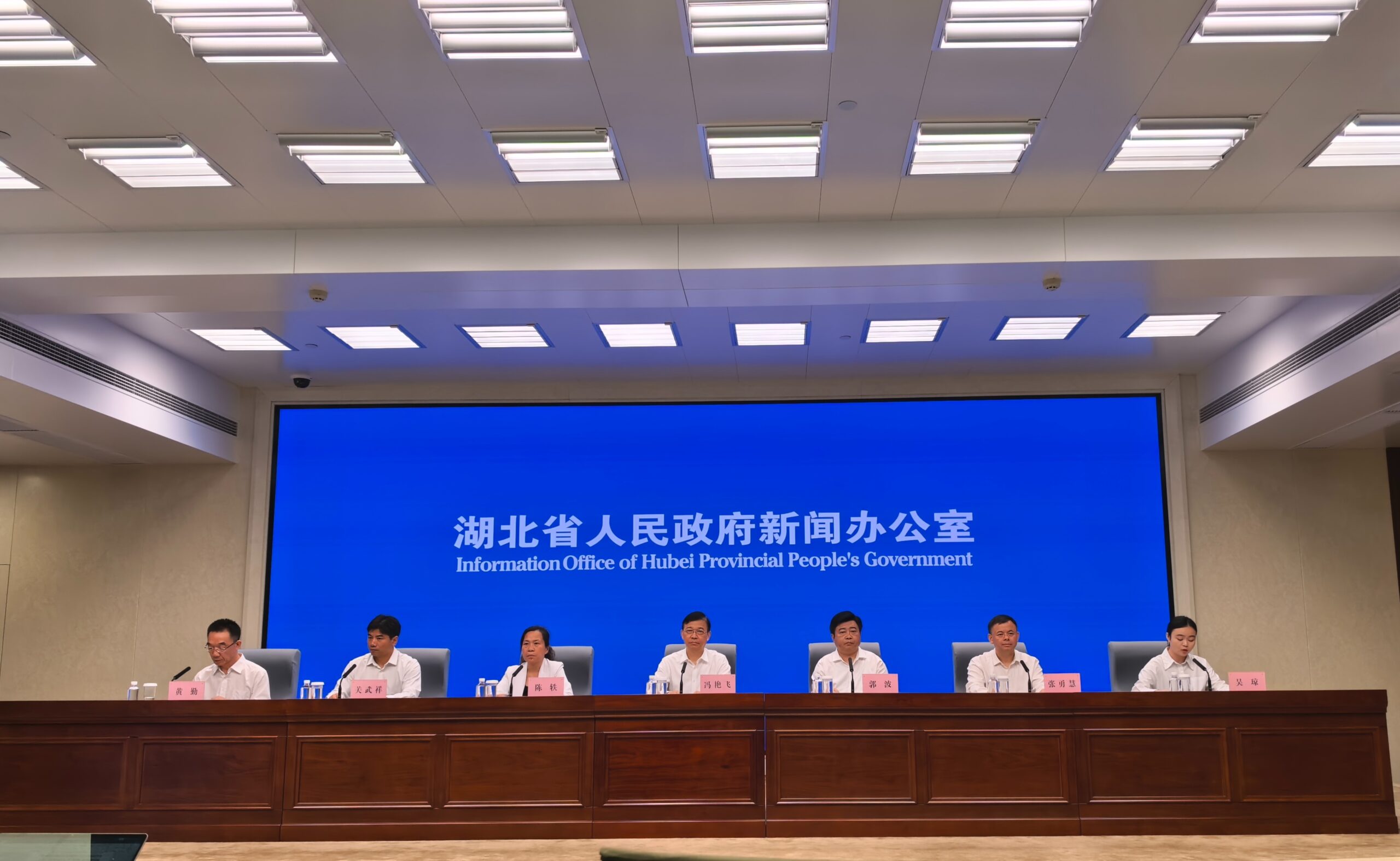Hubei Province is experiencing a surge in scientific and technological innovation. On August 20, a series of press conferences titled “Concluding the ’14th Five-Year Plan’ and Planning the ’15th Five-Year Plan'” was held, focusing on technological innovation. It was revealed that during the “14th Five-Year Plan” period, remarkable achievements were made in science and technology. Hubei’s regional comprehensive sci-tech innovation level index increased by 6.98 percentage points compared to 2020, ranking among the top nationally and first in central China.
During the “14th Five-Year Plan” period, the province adhered to the integrated development of the provincial innovation system, leading to a significant leap in overall innovation strength. Hubei received approval and is accelerating the construction of Wuhan as a nationally influential sci-tech innovation center. Wuhan’s technology cluster ranking rose from 29th globally in 2020 to 13th, and its scientific research city ranking climbed from 13th to 9th globally. Three national high-tech zones ranked among the top 50 nationally, placing 4th in quantity nationally and 1st in central China; the East Lake High-Tech Development Zone ranks 6th nationally. In the 2023 National Science and Technology Award review, 19 projects led by the province received awards, ranking 2nd nationally, with Academician Li Deren receiving the National Top Science and Technology Award. Hubei’s regional comprehensive sci-tech innovation level index increased by 6.98 percentage points compared to 2020, ranking among the top nationally and first in central China.
The province has focused on building foundations, planning for the long term, and shaping advantages, deeply constructing a high-energy sci-tech power matrix. The Hanjiang Laboratory was approved and is accelerating construction, achieving a breakthrough of zero national laboratories. Three major sci-tech infrastructures—the Optimized and Enhanced Pulsed High Magnetic Field Facility, the Deep Geotechnical Engineering Disturbance Simulator, and the National Crop Phenomics Research Facility—have all commenced construction, bringing the total number of national key sci-tech facilities in Hubei to eight. After optimization and reorganization, the number of national key laboratories reached 45, ranking 4th nationally, achieving the best results in “total quantity, number led, and ranking.” Ten Hubei laboratories were established from scratch and are now leading in niche fields like compound semiconductors and biological breeding. There are 545 new-type R&D institutions that organically combine industry, academia, and research, ranking among the top nationally and achieving basic coverage across cities and counties. Thirty-two disciplines were approved for “Double First-Class” construction, ranking 4th nationally, with research institutes and high-level research universities forming a powerful innovation network.
Major innovation achievements are emerging across the province. In basic research, key genes for increasing yield in corn and rice were discovered, a new world record for flat-top pulsed magnetic fields was set, and the transition frequency of the calcium ion optical frequency standard entered the international secondary second definition. In strategically critical fields, 3D NAND flash memory chip technology achieved a leap from lagging behind to leading, BeiDou integrated navigation, communication, and remote sensing technology improved satellite navigation precision to the centimeter level, and electromagnetic catapult technology became a key asset for domestically produced aircraft carriers. In key industrial technologies, independently developed “hollow-core fiber” set multiple world records in optical transmission, while key equipment like ultra-high-power lasers and five-axis machining centers broke international monopolies. In民生科技 (people’s livelihood technology), the world’s first lung gas magnetic resonance imaging system was approved for market, high-yield, high-protein corn provided foundational support for replacing soybean protein in China, and “rice-based blood production” changed the long-term reliance on imported human serum albumin. The number of high-value invention patents per million people in the province reached 12.7, a 167.4% increase from the end of the “13th Five-Year Plan.”
The province insists on guiding industrial upgrading through technological innovation, cultivating and developing new quality productive forces. The number of high-tech enterprises increased from 10,404 at the end of the “13th Five-Year Plan” to nearly 30,000, a near doubling; technology-based small and medium enterprises grew from 7,439 to 46,532, an increase of over five times, ranking 4th nationally. Simultaneously, a series of loan products tailored to the “light asset” characteristics of





